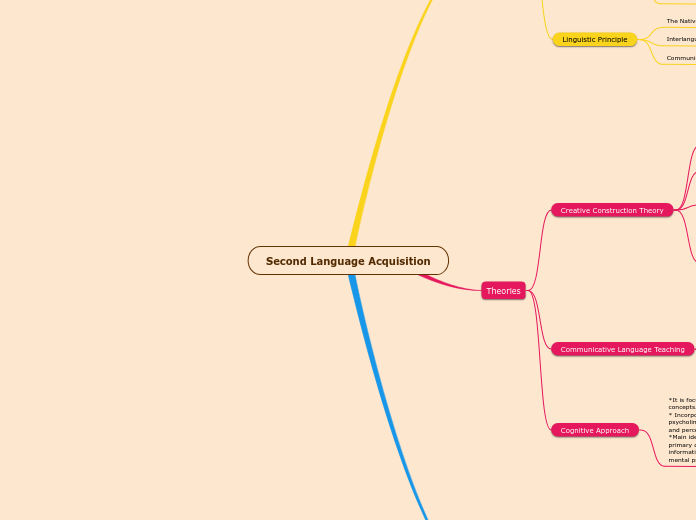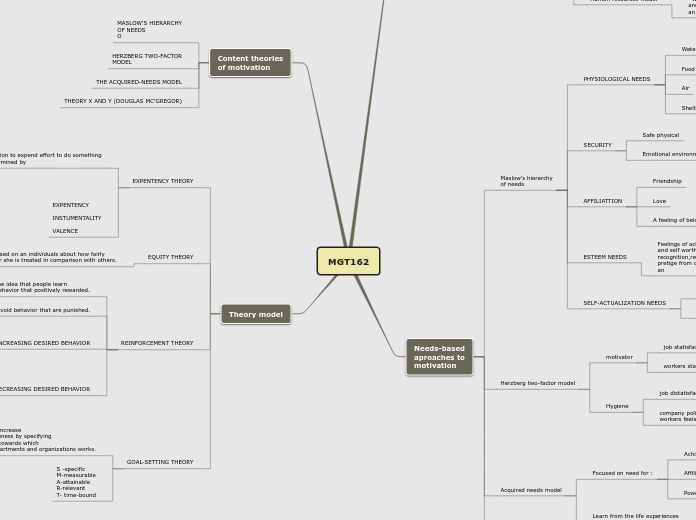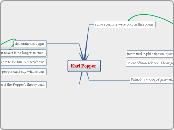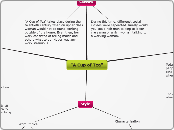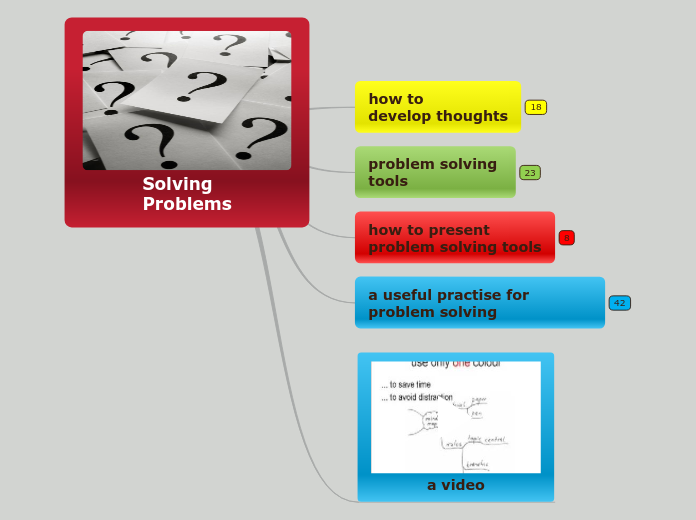Conceptual Map/Second Language Acquition(PMI 700) Student: María G. Pittí M. ID: 4-763-1901
Second Language Acquisition
To name your story, you have to think about the overall message and what you want your audience to understand from the story. Also, make it relevant and easy to remember.
Leves of Language Acquisition
Subtopic
Morphological Acquisition
Phonological Acquisition
Grammatical Acquisition
Theories
Cognitive Approach
*It is focus in the undestanding of information and concepts. * Incorporates forms of knowing: memory, psycholinguistics, thinking comprehension, motivation and perception. *Main ideas of Cognitive Approach:1 Thoughts are the primary determinants of emotions and behavior. 2 The information progressing is a common description of mental process.
Communicative Language Teaching
Communicative Activities: Find Information, break down barriers, talk about self and learn about culture.
Advantage: Increase of fluency in target language so the learners are more confident when interacting.
Based on the idea that language learning successfully comes through communicate real meaning.
Creative Construction Theory
Krashen's Input Hypothesis
The Affective Filter Hypothesis
The Input Hypothesis
The Natural Order Hypothesis
The Monitor Hypothesis
The Acquisition- Learning Hypothesis
Krashen distinguished between Acquisition as a subconscious process and Learning as a conscious process.
Based in the assumption that language acquisition is innately determind.
By Stephen Krashen in 1983
Principles
Linguistic Principle
Communicative Competences
Interlanguage
The Native Language Effect
Affective Principle
The Language Culture Connector
Risk-Taking
Self-Confidence
Language Ego
Cognitive Principle
Strategic Investment
Intrinsic Motivation
The anticipation of Reward
Meaninful Learning
Atomaticity
